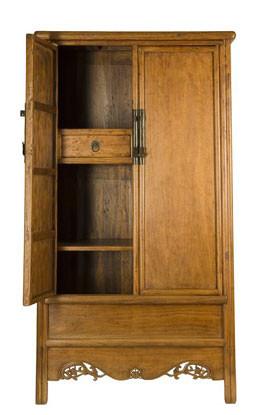ABOUT CHINESE FURNITURE
Humble House gallery is a great place to learn about Chinese furniture in Canberra.
Other pages to interest you:
Chinese furniture is one element of China’s rich cultural heritage. However, it is interesting to note that while the quality of Chinese fine arts including painting, calligraphy, porcelain and other objects has long been admired, furniture has only come to attention in more recent times.
Gustav Ecke’s 1944 book Chinese Domestic Furniture is one of the earliest works revealing Chinese furniture to the Western world. Other seminal works including those by Chinese scholar Wang Shixiang Classical Chinese Furniture and Connoisseurship of Chinese Furniture – Ming and Early Qing Dynasties published in 1986 and 1990 respectively, show the historical importance of Chinese furniture establishing it as a subject of serious study stimulating further research and collection.

Nowadays Chinese furniture is integral to many museums and galleries around the world as well as private collections and good pieces continue to be highly sought after.
A feature of Chinese furniture is the complex variation of mortise and tenon and tongue and groove joint designs [more information about Chinese joinery]. With these joints the furniture is crafted in such a way that allows timber to maintain its natural movements in the structure; and the furniture can be taken apart and reassembled for future conservation to ensure its longevity. Early detailed descriptions of carpentry technique and tools are In the Luban Jing, an extensive manual written in the 15th century.
As with all Chinese finely crafted objects, the artistry of the furniture is paramount and functional utility and longevity are two other key aspects.
The maturity and design essence of Chinese furniture is exemplified in work from the 15th and 16th centuries that placed great focus on proportions and mouldings. This approach remained popular through the Qing dynasty (17th to 20th centuries) and gave rise to what is commonly called Ming style furniture.
Ming style reflects timeless design concepts that were also seen at the peak of mid 18th century Georgian furniture artistry; in the principles of the Bauhaus movement in early 20th century Europe; and remain in vogue in the best of 21st century art and designs.
In addition to its structural science and design artistry Chinese furniture is also a cultural icon. The highly symbolic decorative motifs reflect aspirations and beliefs of the people at the time yet continue to resonate today. Seeking to interpret and understand these forms is to open many doors to a world filled with history, legends and cultural wealth.
Most traditional Chinese furniture is lacquered. Called ‘da qi’ in Chinese, it is derived from natural tree sap [more information about lacquered furniture]. A lacquered finish gives a distinctive visual appeal and, as it wears over the years, delivers a patina that portrays the stories and the environments the furniture has lived through.
In Chinese eyes the authentic traditional Chinese furniture is characterised by ‘jing qi shen’, that translates as precision, the flow of energy and spirit. In [Our work] at Humble House, we explain how we strive to maintain this tradition.
